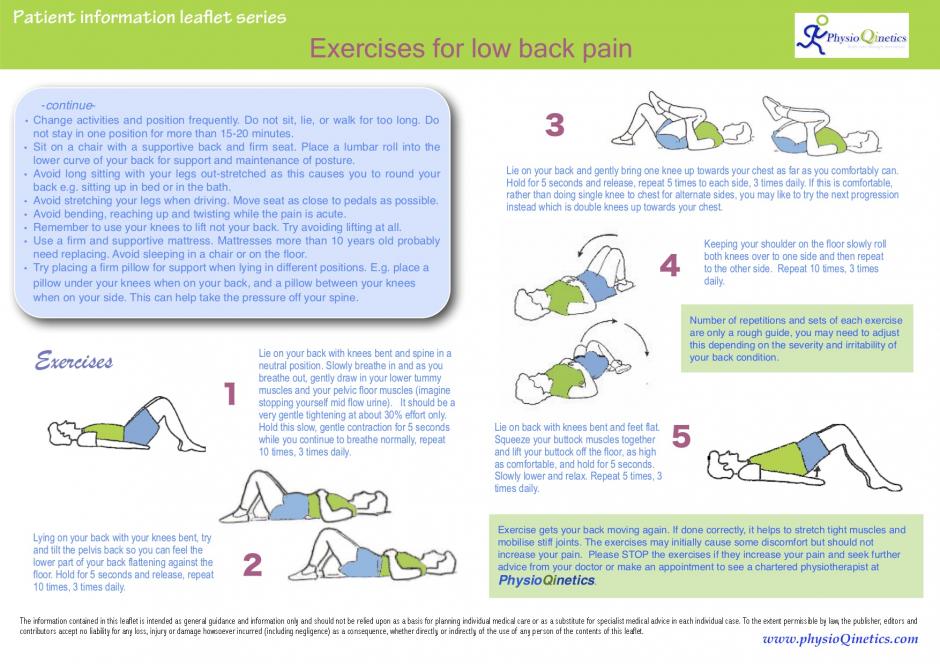Human evolution and low back pain
5504945531_82f3a6188b_o.jpg
 Credit:Flickr | Schristia | creativecommons.org/licenses/by-sa/2.0/
Credit:Flickr | Schristia | creativecommons.org/licenses/by-sa/2.0/
Low back pain (LBP) is one of the commonest complaints in today’s GP surgeries across the Western world. It affects a very wide segment of the population of nearly all ages – from elite athletes, to manual workers, all the way to sedentary individuals sitting at a desk or in front of computers all day.
The imperfect human evolution
Some evolutionary biologists hypothesise that while humans are the most successful primates on the planet, our bodies wouldn’t win many awards for good design!
The “rapid” evolution of humans' ability to walk on two legs may have a significant impact on human health. The gain of humans walking upright might have come with its own set of pain – namely in the lower back. Our knuckle-walking ape cousins are thought to suffer less from back pain as they don't have the extra stress placed on their back from upright walking [1].
"Stacking 26 cups and saucers" on top of each other
Boston University anthropologist Jeremy DeSilva once explained in an editorial in Science magazine: "You wouldn’t design it out of 26 moving parts." - a design similar to stacking 26 cups and saucers on top of each other (vertebrae and discs) and to top it off, balancing a head on top! Our spine and feet have so many bones because our ape-like ancestors needed the flexibility to grasp branches and to twist their bodies. But as they moved out of the trees and began walking upright on the ground in the past 5 million years or so, the spine and feet had to become more stable, and bit by bit, the big toe, which was no longer opposable, aligned itself with the other toes and our ancestors developed an arch (both in the S-curve in the spine and the plantar arches in the feet) to work as a shock absorber [1].

Sports and LBP
Anyways, courtesy to the imperfect evolution, we are where we are today – with nearly a quarter of the UK adults report having LBP lasting in the past 3 months and nearly 10% had at least 1 episode of severe acute low back pain within a 1-year period [2]. Sports that have higher rates of back pain include gymnastics, diving, weight lifting, golf, rugby, and rowing [3]. In gymnastics, the incidence of back injuries is 11%. In rugby, it may be as high as 50%. 90% of all injuries of professional golfers involve the neck or back. Injury rates for 15- and 16-year-old girls in gymnastics, dance, or gym training are higher than the general population, while cross-country skiing and aerobics are associated with a lower prevalence of low back pain. For boys, volleyball, gymnastics, weight lifting, downhill skiing, and snowboarding are associated with higher prevalence of low back pain, while cross-country skiing and aerobics show a lower prevalence [2].
Treatment options – “limited value” for spinal injection
Despite limited body of evidence, patients with LBP in the UK still receive local anaesthetic or steroid injections to their spine, sometimes offered privately or by the NHS. A recent “Getting it right first time” (GIRST) report on spinal surgery found wide variation in the management of LBP and radicular pain in NHS trusts across England. From 2015-18 an average of 5.7% of patients received three or more facet joint injections in a year despite evidence and guidance advising against them. The annual cost of repeat injections is estimated at £10.5m. The report said that this money should be spent on longer term physical rehabilitation programme, in line with NICE guidance and the National Back and Radicular Pain pathway [3].
What should I do for my LBP then?
After some brief rest and simple analgesia with paracetamol and non-steroidal anti-inflammatory drugs e.g. ibuprofen or naproxen, the best treatment modality for LBP is in fact physical rehabilitation to stay active with structured exercise including pilates.
Practising LBP exercise in an acute phase is always very challenging. At PhysioQinetics, our experts physiotherapists can provide first-class effective manual therapy to provide rapid relief of your LBP. We can also provide acupuncture (by our lead physiotherapist at our Uxbridge clinic), which has been shown to be very effective in chronic LBP pain relief. Our pilates programme could then provide one-to-one training to help strengthen your core muscles to help protect your precious 26 cups and saucers (spine) in perfect alignment.
We have produced our own LBP leaflets, which you can obtain free-of-charge when you visit one of our clinics.

Alternatively, subscribe to our PhysioQinetics Youtube channel (https://www.youtube.com/user/physioqinetics/) to watch our exercise videos for your LBP now.
Reference:
1. Gibbons, A. Human Evolution: Gain came with pain. Science 2013 Feb 16.
2. Petering, RC., Webb, CW. Treatment Options for low back pain in athletes. Sports Health. 2011 Nov; 3(6): 550–555. doi: 10.1177/1941738111416446
3. Trainor TJ, Trainor MA. Etiology of low back pain in athletes. Curr Sports Med Rep. 2004 Feb; 3(1):41-6.
4. Wise, J. “Limited value” injections are still given for back pain. BMJ 2019;364:l467